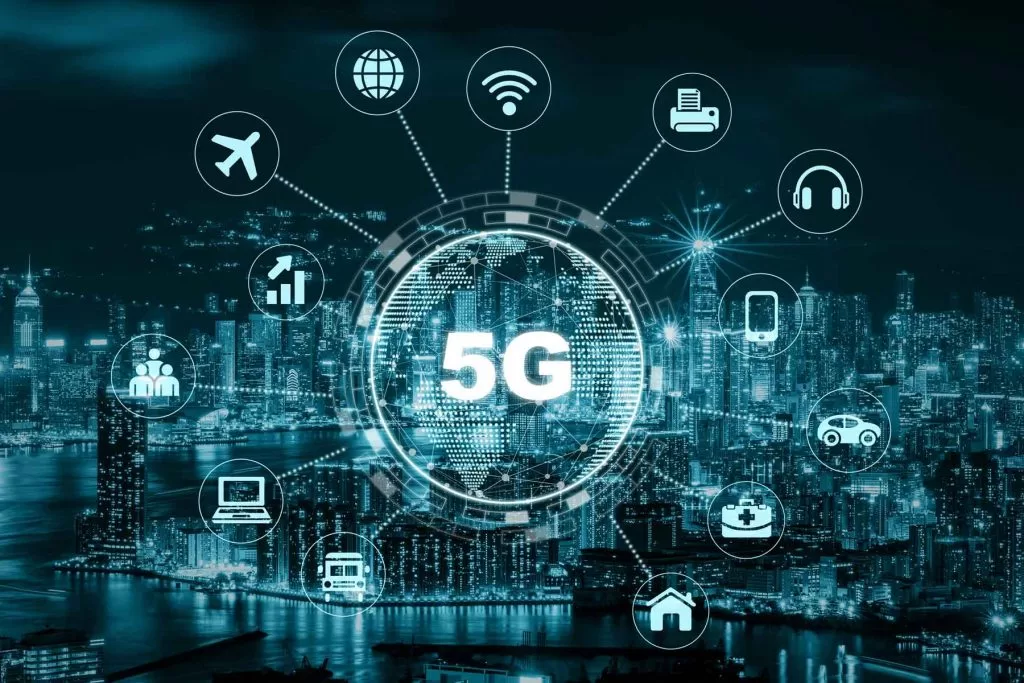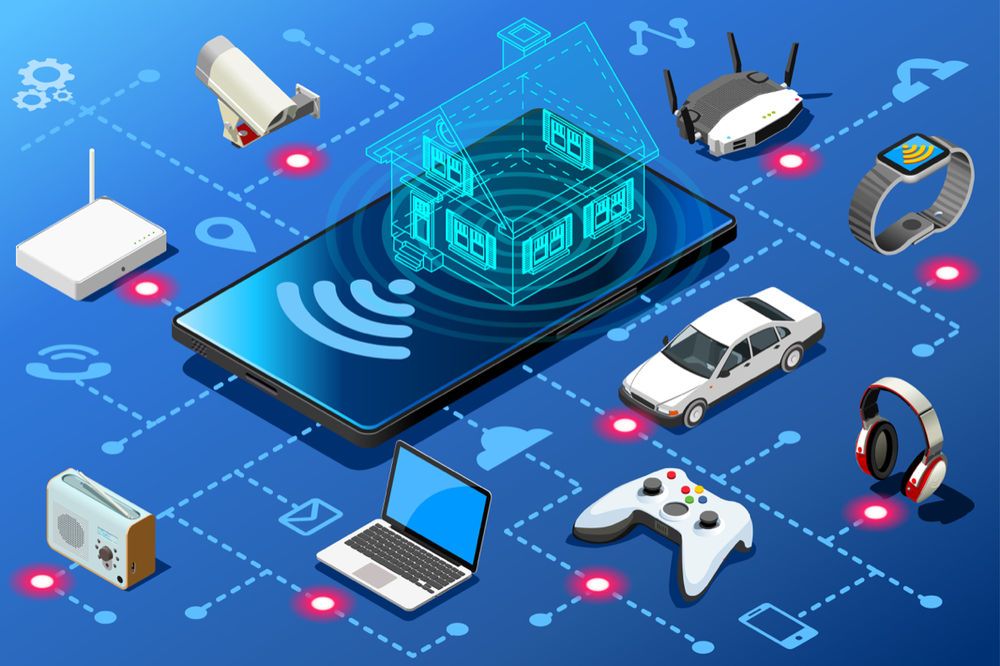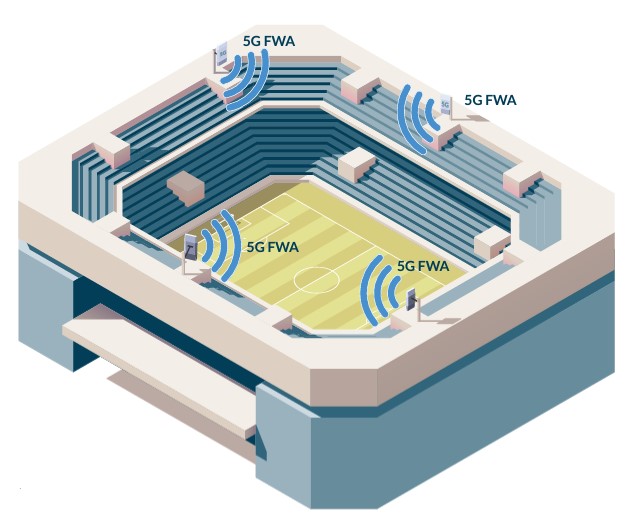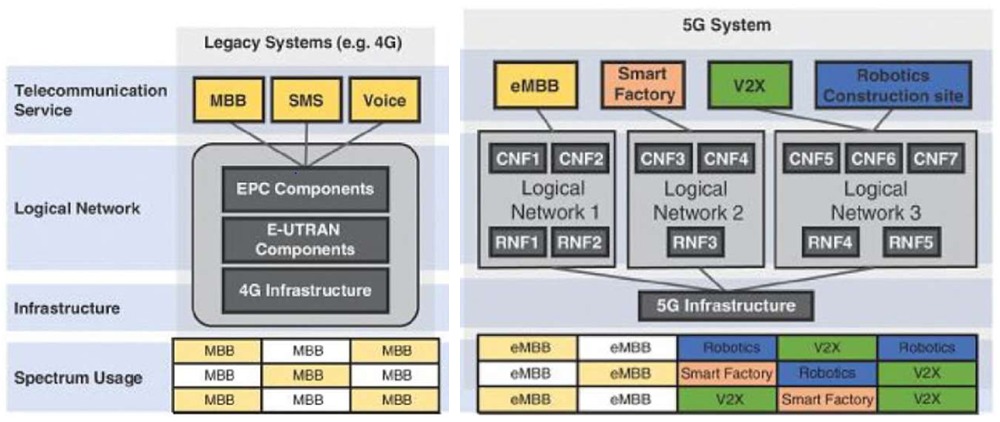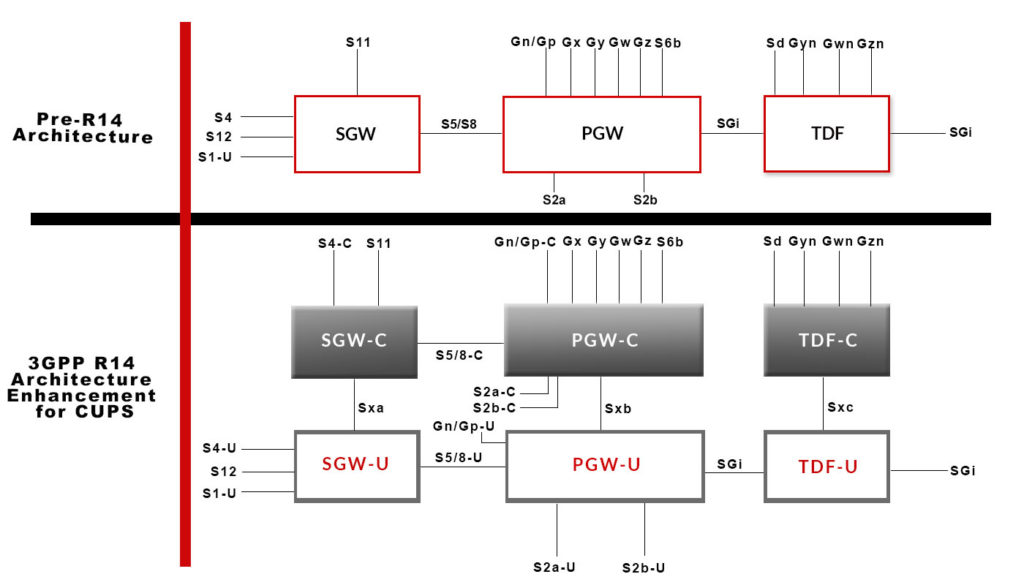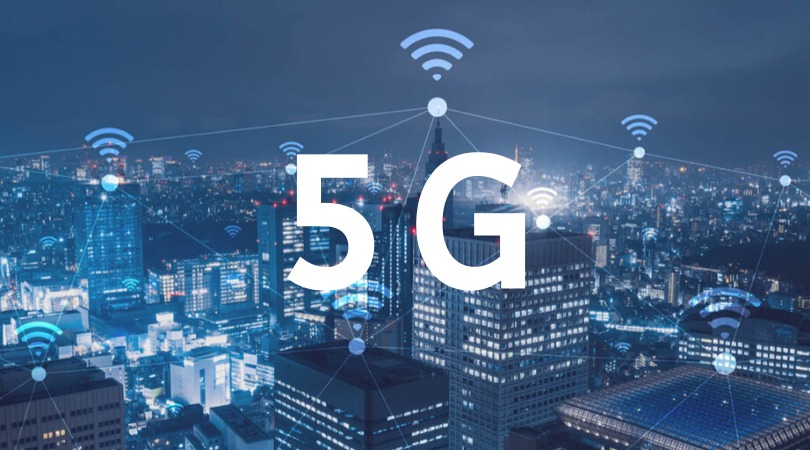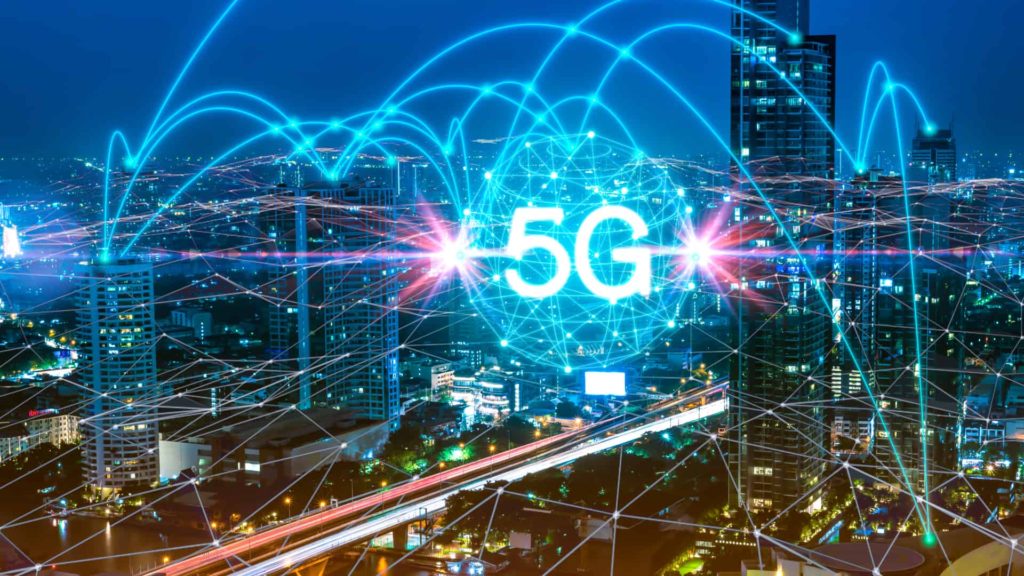New 5G NR technology and 5G network developments are expected to impact the existing OAM and automation activities of 5G Service Providers. 5G NR will be deployed as a new RAN Node, where at least in early stages, the control plane resides in the related 4G Node. The distributed traffic is still on multiple Interfaces. There is, therefore, a close linkage of LTE and NR that may be breaking up the single-RAN (SRAN) idea and the benefits regarding OAM in early 5G systems. There is a high risk for significantly higher operational efforts in implementing this SRAN operations concept.
The impact on the OAM is that 5G NR is a new BTS type, but it is still debatable how it can phase into an SRAN multiRAT network. Questions arise in specific areas, such as the support of the GUL common Node function, the GUL common transport / OAM, and the GUL common OAM functions such as LMT, Device panel, SW-Management, NBIs, etc
SON Inclusion
In order to include SON in 5G NR, a significantly higher operational effort is expected due to the non-existence of SON in 5G-NR. 5G-NR early deployment options, such as Option 3x, are based on early standards where the following essential SON functionalities are not yet included. These functionalities include 5G ANR, Intra and Inter 5G frequency ANR, Dynamic configuration of the NG-C interface, Dynamic Configuration of the Xn interface, Xn-C TNL address discovery, Removal of Neighbor Cell relations and Xn interface in case of non-usage, etc. Inter-RAT ANR between the different technologies and removal of Inter-RAT neighbors are also important aspects. Mobility Robustness Optimization (MRO) with counters for too late, too early, wrong neighbor, and counter for ping-pong HO is another area of consideration. Automatic offset/timer optimization is also needed for use cases such as too late, too early, wrong neighbor, ping-pong HO, and UE based ping-pong HO suppression. Load balancing optimization (LBO) is the exchange of load information via Xn, while mobile drive test substitution (MDT Minimization of drive tests) information contains data like GPS geolocation information, measured power, and other standardized features. Self-healing is another aspect of SON networks where the exchange of load information is done via the Xn interface.
Requirements for OAM & Automation
For 5G future operations, all RAN Information should be provided through big data interfaces, while APIs are needed for external control. Automation Toolkits and Trace Apps will enforce operators’ capabilities and leverage the benefits of cloud deployments. Zero Outage Software Upgrades should be possible, while the Operators should develop and expand existing SRAN and SON concepts.
The introduction of an independently managed 5G NR layer will introduce a considerable effort in daily engineering and operation, depending, of course, on the deployment size and functions of each network. This includes Element Manager Options 2 to support operational workflows such as Faults, Configuration, Deployment, SW Upgrade, Inventory, and User Access. Furthermore, a Northbound interface Integration into OSS IT (PM, CM, IM, FM, Trace) should be expected with re-use of existing processes such as Contracts, Release Management, Spare Parts, Documentation, Training, and Operations Team impact. Element Manager Integration includes Platform Integration and IT connectivity. At the same time, usage of an advanced feature set is required, such as Power Saving techniques and d-SON functions (Distributed SON), implemented within the eNodeB, utilizing the X2 interface between the eNodeBs.
Current OAM related issues
5G-NR (Option 3x) requires LTE Anchor gNodeB. Since the Control plane stays on LTE Anchor, surveillance of gNB-layer is done via the LTE Anchor. This raises questions regarding Performance, Faults, Load functions, or if the HW (M-Plane) surveillance remains on the gNodeB. Another issue is the Mobility Concept and whether the Handover procedures and the Auto Neighbor Relationship is extended to 5G. Furthermore, Uplink / Downlink decoupling is essential, including tracing, performance, and faults for connection on multiple Nodes and Handover procedures.
Automation Aspects
There is a generally high expectation on 5G with regards to its automation potential. It is expected that 5G will rely on a fully automatic installation, configuration, and integration of new small cell and macro cell nodes. Fully automatic radio optimization through closed-loop processes is expected to occur together with automatic detection and mitigation of failure conditions. Furthermore, compensation of outages and overload and performance degradations together with fully automatic E2E orchestration of resources, net functions, and services, will be provided via a fully autonomic software management platform OSS software. Considering the virtual net structure of a 5G network, automatic SW provisioning, implementation, activation, verification, and fall-back option, will be possible.
The Operator will be able to offer a flexible system introduction and activation of new features during a stable major software release without customer impact. During service upgrades, online implementation and activation of software in running operation mode will be possible, together with bi-directional and fully automatic connectivity to 3rd party OSS systems.
Virtualized environment
Many of the above expectations assume the implementation of network function virtualization (NFV), which is not applicable in most existing RAN deployments. New 5G implementations will include a higher number of cells in new frequency layers, and the massive introduction of Small Cells in a Cloud RAN virtualized deployment. Deployment of 5G NR is currently closely interlinked with LTE, with continuous deployment of new services broadly distributed in a new 5G a Cloud RAN Architecture (CU/DU).
Element Manager Platforms
The management platforms will have to provide dynamic scalability, high capacity, and Northbound Interface stability with forward compatibility based on cloud deployment. Automation SDK on EMS platforms for predictive maintenance, failure recognition & compensation is also expected, with comprehensive log management, including undo functions and zero outage SW upgrade. The need is for self-configuration for most parameters on the network element, with detailed tracing capabilities and RESTful APIs NE steering. Massive data interfaces will, therefore, be needed in the Northbound to include tracing capabilities. These new platforms should be of high capacity with Northbound Interface stability and forward compatibility and comprehensive trace analysis.
5G Future Operations
The 5G future requirements for the RAN Elements are important for a smooth migration to 5G networks. A zero outage SW Upgrade and self-configuration for most NE level parameters is becoming crucial. Furthermore, automated functionalities such as the integration of predictive maintenance, alarming, and failure prevention concepts (e.g. redundancy, over dimensioning) is of high importance. Extension of 4G SON to 5G should take place as soon as possible, where applicable in the network.


